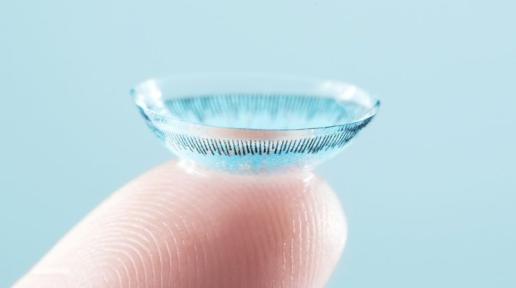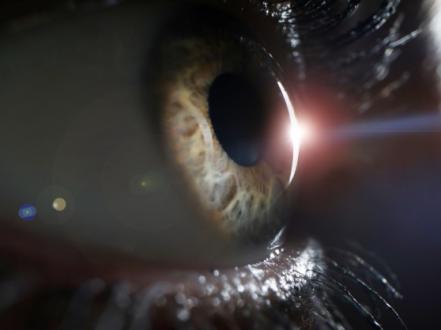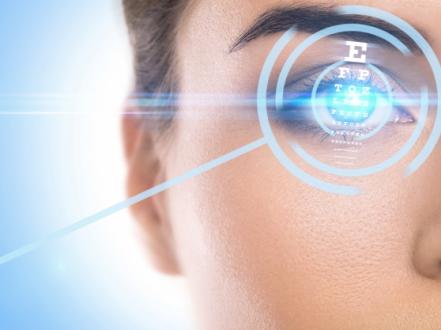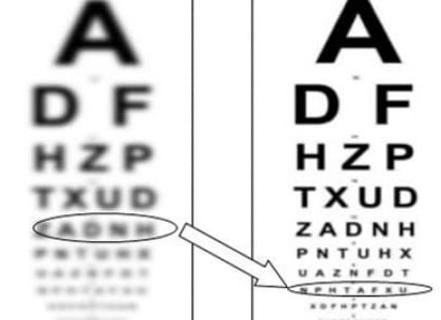The human eye is a complex optical system, which can be compared with a camera. At first, the rays of light pass through the cornea and pupil and hit the lens of the eye. The lens is a natural lens that refracts light and focuses it on the retina. If the lens does not focus the light rays correctly, then the image on the retina is not formed correctly, which leads to visual impairment.
Usually, the healthy eye of a young person sees the world around clearly and with high quality. But this is an illusion, because the eye constantly focuses on objects located at different distances from the person. This mechanism is called "accommodation" and gradually loses its effectiveness with age.
Lens and optical system of the eye
The eye consists of the optical part (cornea + lens) and the photosensitive system (retina + optic nerve). Light passes through the cornea and lens and focuses on the retina, from where the image is transmitted through the optic nerve to the brain.
When a cataract develops, the lens becomes cloudy and doesn’t let light through. And if the operation is not done in time, the person gradually loses his sight to complete blindness.
During the operation, the lens is replaced with an artificial lens, which restores the person's eyesight. But the quality of vision depends on the chosen type of artificial lens or IOL.
If you have no vision problems, or if you have certain simple problems, such as myopia, then you don’t realize that good vision consists of several factors, each of which is provided by a certain function of the lens.
How a human perceived image is formed
- Light goes through the cornea
- Then the light, through the lens, focuses on the retina
- Focused image hits the optic nerve and is transmitted to the brain
- Information is transmitted to the visual cortex
- The image is analyzed by different groups of neurons, each of which analyzes a specific type of image
- vertical lines
- horizontal lines
- colors and so on
Distance vision
Thanks to the distance vision function, when looking at distant objects, a properly focused and contrasting image is projected onto the retina, and a person can clearly see distant objects without glasses.
This is possible if a person has no refractive errors or astigmatism.
Near and intermediate vision
Accommodation is the ability of the eye to adapt to viewing of objects at different distances. During the act of accommodation, a healthy lens changes its shape depending on the distance at which we look at objects so that the image we see is clear.
Color vision
A healthy human eye should clearly convey the colors of the surrounding world without changes.
Image Contrast
Image contrast provides the eye's ability to see the difference between the brightness of objects. This sensitivity is especially important when contrast is reduced due to lighting, such as in fog, or when the brightness and color of objects are similar or slightly different from the background.
Low-light and night vision
A person with a healthy eye can read a book both in candlelight and in bright light. The level of light in these two cases is very different. People with low contrast sensitivity find it difficult to drive in the evening or in the fog, to move around in the dark, or to read in poor light.






